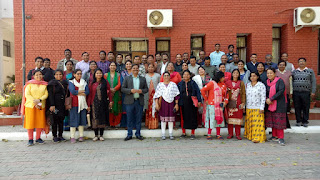There is no one, standard definition of Open Educational Resources. However, the following broad definition of OERs from OER Commons seems to be generally accepted by the community:
Open Educational Resources (OER) are teaching and learning materials that are freely available online for everyone to use, whether you are an instructor, student or self-learner. Examples of OER include: full courses, course modules, syllabi, lectures, homework assignments, quizzes, lab and classroom activities, pedagogical materials, games, simulations, and many more resources contained in digital media collections from around the world.
Whilst purely informational content has a significant role in learning and teaching, it is helpful to consider learning resources by their levels of granularity and to focus on the degree to which information content is embedded within a learning activity:
- Digital assets – normally a single file (e.g. an image, video or audio clip), sometimes called a ‘raw media asset’;
- Information objects – a structured aggregation of digital assets, designed purely to present information;
- Learning objects – an aggregation of one or more digital assets which represents an educationally meaningful stand-alone unit;
- Learning activities – tasks involving interactions with information to attain a specific learning outcome;



















